Business Books
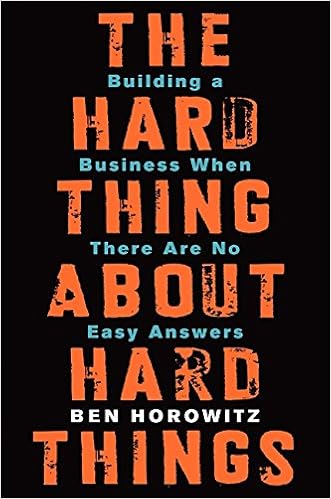 |
The Hard Thing About Hard Things, by Ben Horowitz – Horowitz, a technology wunderkind who is now a VC with Marc Andreessen, creator of the original web-browser Mosaic, weaves senior-level leadership lessons into hair raising stories of his days at Silicon Graphics, Netscape, and Loudcloud/Opsware. While not the most organized in his presentation, Horowitz presents advice and solutions for many of the day-to-day challenges of a tech-startup leader, with wit and candor. |
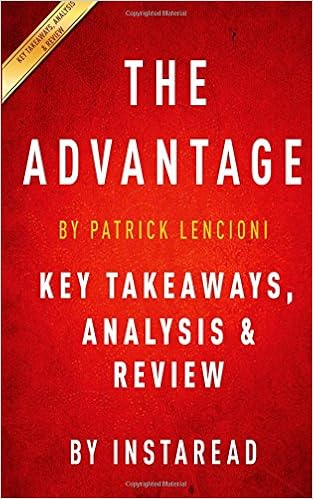 |
The Advantage, by Patrick Lencioni – In this short, but compelling book Lencioni summarizes and highlights the key takeaways about successful organizations, learned from a long career as a management consultant. He puts forth that “the single greatest advantage any company can achieve is organizational health.” According to Lencioni, Organizational Health begins with building a cohesive leadership team that in all its actions creates, overcommunicates and reinforces clarity in every process within the organization that involves people. Lencioni also highlights the differences between a Smart Organization, one that focuses on well-accepted areas of management such as finance, strategy, technology and marketing vs. a Healthy Organization. |
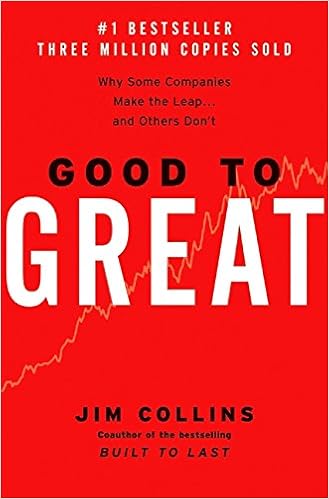 |
Good to Great by Jim Collins The classic, voluminously researched study of the common attributes evident in companies that have dramatically improved their shareholder value. Collins introduces the notion of “Level 5 Leadership”, which has become synonymous with highly effective leadership. |
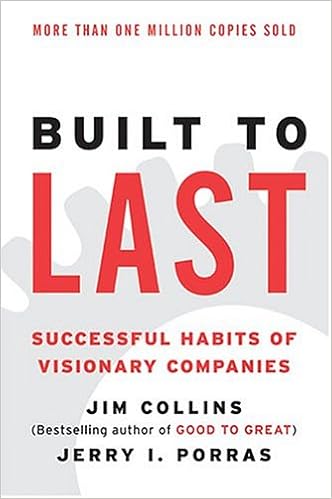 |
Built to Last by Jim Collins and Jerry Porras Jim Collins first book that highlights the successful habits of visionary companies. In this thoroughly researched study, Collins dispels 12 commonly held beliefs about visionary companies. Another must read for any business leader. |
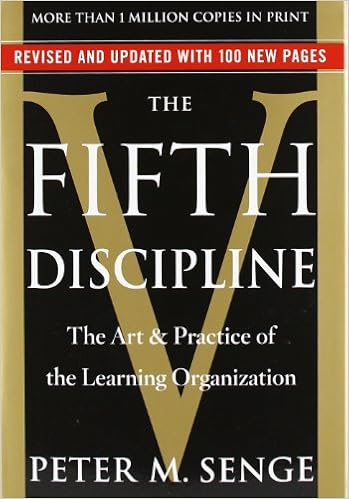 |
The Fifth Discipline by Peter M. Senge Although Senge’s book is becoming dated and is somewhat repetitive, it is a classic in the canon of corporate organization and personal development. The book teaches the concept of the learning organization namely that the successful organization must continually adapt and learn in order to respond to changes in the environment effectively and therefore to grow and prosper. |
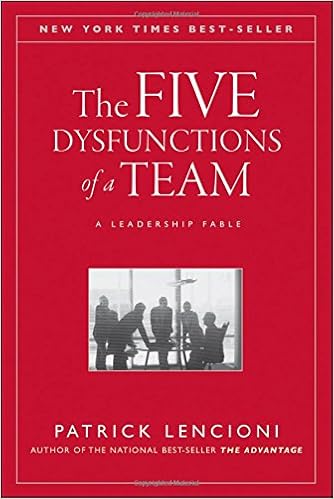 |
The Five Dysfunctions of a Team: A Leadership Fable by Patrick Lencioni This short, “business fable” is a must read for executive and team leaders. Management consultant Patrick Lencioni outlines the five dysfunctions of ineffective teams and offers practical suggestions for overcoming the dysfunctions, primarily through open, frank communication. |
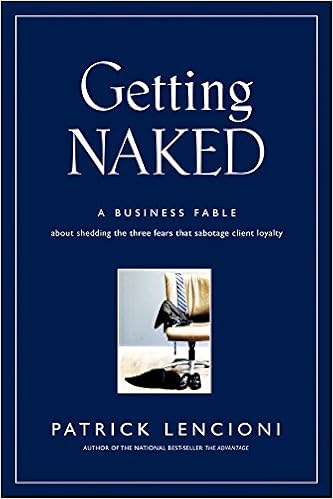 |
Getting Naked: A Business Fable by Patrick Lencioni Another short, highly readable “business fable” from Patrick Lencioni that tells the story of the acquisition and integration of one “touchy-feely” management consulting firm by another larger more traditional firm. One can read it in a few hours. It is particularly applicable to anyone in the world of professional services. The lesson that stands out most prominently is that clinging to our ego prevents us from achieving our greatest business successes. |
Leadership and Personal Development
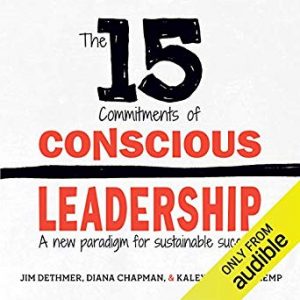 |
The 15 Commitments of Conscious Leadership, Jim Dethmer, Diana Chapman and Kaley Warner Klemp – At the outset of this powerful book, the authors posit that leadership is binary – in every context leaders show up as either conscious or unconscious or in their language, “Above the Line” or “Below the Line.” There is no middle ground. “Above the Line” leaders are open, curious and committed to learning. “Below the Line” leaders are closed, defensive and committed to being right. They go on to define what qualities comprise conscious leadership in 15 chapters, each of which begins with a page on committing to a particular quality and ends with guidelines for practicing the commitment. There were roughly 60,000 books published in 2015 with “leadership” in the title; With over 90% 5-star Amazon reviews, this book rises to the top of the list. |
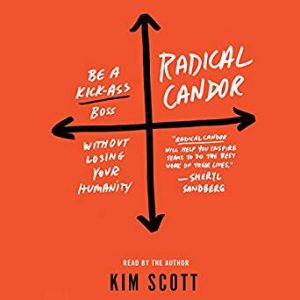 |
Radical Candor: Be a Kickass Boss Without Losing Your Humanity, Kim Scott – Scott, a former leader at Apple and Google describes how to lead employees more effectively by evaluating yourself on two axes – Caring Personally and Challenging Directly. The more that you shift your leadership into the Caring Personally and Challenging Directly quadrant, the more you will be showing up with Radical Candor and avoiding the other three less effective quadrants, Obnoxious Aggression, Manipulative Insincerity and Ruinous Empathy. |
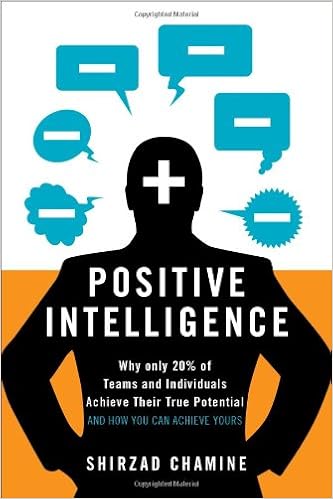 |
Positive Intelligence, by Shirzad Chamine – Chamine, a seasoned former tech CEO and C-suite executive coach, introduces the new concept of Positive Intelligence, a melding of IQ and EQ, in this insightful and practical book. This book provides several insights that have been missing in bridging the gap between potential and performance. Chamine uses numerous research and anecdotal examples to make a compelling argument that people and teams with higher PQ achieve more and are happier across all aspects of their lives. |
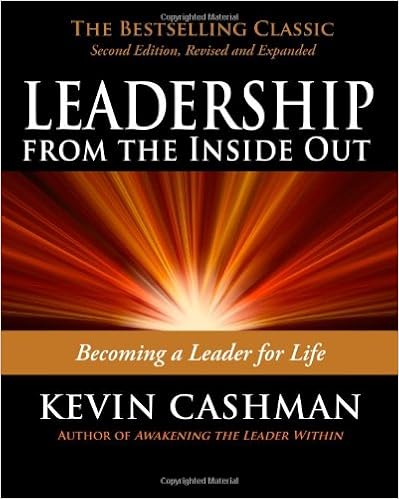 |
Leadership from the Inside Out by Kevin Cashman This workbook is journey of self-discovery focused on mastery. The thrust of the book is to guide readers in discovering their authentic self so they can lead from there. Throughout Cashman provides insights gleaned from his work with hundreds of leaders, as well as many inspirational quotes. |
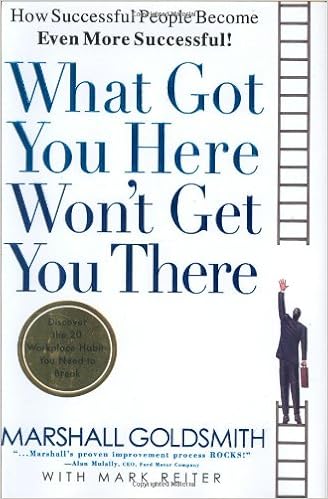 |
What Got You Here Won’t Get You There by Marshall Goldsmith Executive coach Goldsmith outlines 20 beliefs and habits that prevent successful executives from achieving even greater success. He then provides practical, actionable solutions to these beliefs and habits, with numerous examples from his practice. |
 |
Leadership and Self-Deception by The Arbinger Institute Written in the form of a novel, this book follows a senior manager through his introduction into the leadership culture of fictional Zagrum Company. The manager, Tom Callum, realizes that to truly lead effectively, he must stop viewing people as objects and begin viewing them as individuals. |
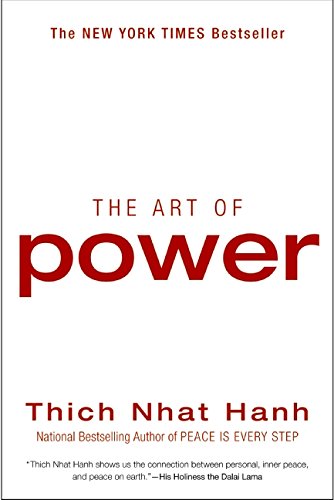 |
The Art of Power by Thich Nhat Hanh Written by a Vietnamese Buddhist Zen master and peace activist, The Art of Power puts forth that our traditional notions of power, namely wealth, success, fame, physical strength are ultimately fleeting and unfulfilling. True power, spiritual power comes from within and is available to each of us. |
 |
Emotional Intelligence by Daniel Goleman Goleman, a psychology professor at Rutgers, introduced the world to the concept of Emotional Intelligence (“EI”) with this groundbreaking book from 1996. The author outlines a wide array of competencies and skills that drive leadership performance. The four main constructs of EI are: Self-Awareness, Self-Management, Social Awareness, and Relationship Management. Importantly, unlike IQ, emotional intelligence can be learned and developed. |
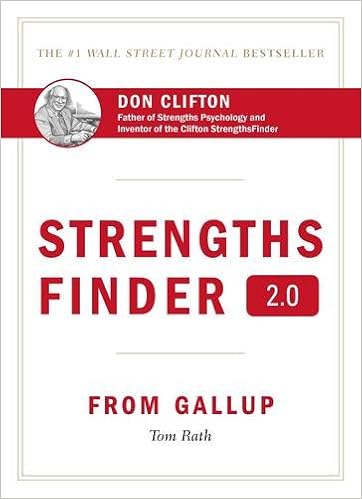 |
Strengthsfinder 2.0 by Tom Rath Based on the work of the founder of Strengths Psychology, this short, conversational book and companion online assessment, allows the reader to determine their strengths among 34 common themes. The book is also an introduction to many online tools that allow the reader to build upon their strengths over time. |
 |
The Happiness Advantage: The Seven Principles of Positive Psychology That Fuel Success and Performance at Work by Shawn Achor In this book, Anchor describes seven practical strategies you can use on a daily basis to improve your happiness and performance at work, based on the latest research from the fields of positive psychology and neuroscience and his work with Harvard students and Fortune 500 companies. As Anchor describes it, happiness is a work ethic and if you can train your brain to become more positive, you can bring this advantage to work, with remarkable results. |
Peak Performance and Creativity
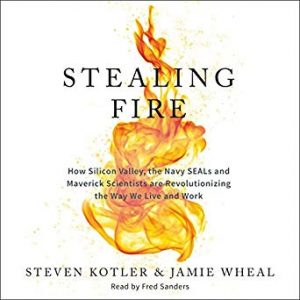 |
Stealing Fire: How Silicon Valley, the Navy SEALs, and Maverick Scientists Are Revolutionizing the Way We Live and Work by Steven Kotler and Jamie Wheal. The authors Kotler and Wheal are self-proclaimed experts on “flow states” or “ecstasis”, defined as “optimal states of consciousness where we feel our best and perform our best.” Kotler and Wheal summarize the current state of ultra-high performing teams, such as Navy SEAL squads and innovation teams in Silicon Valley and how they are incorporating “flow states” into their training and routines. You may not agree with everything in this book, particularly the quality of the research and the mention of pharmacology and mind altering substances as a way of achieving “flow”, but the book does provide a readable and thought provoking introduction into achieving radically higher levels of individual and team performance. |
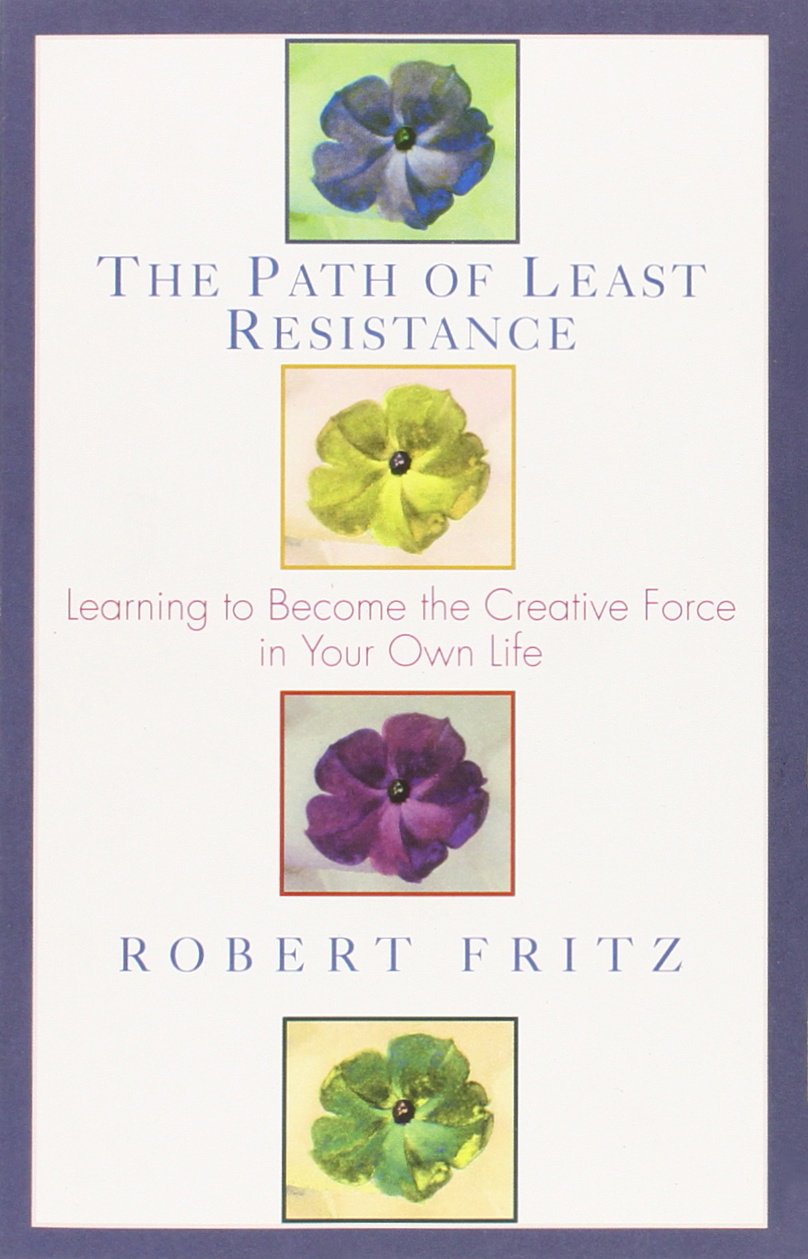 |
The Path of Least Resistance by Robert Fritz Professional musician Fritz describes we can all change the fundamental underlying structures of our lives to be able to create anything that we want. Most importantly, Fritz dispels the notion that we have to be born creative. This is a great book to read several times through. |
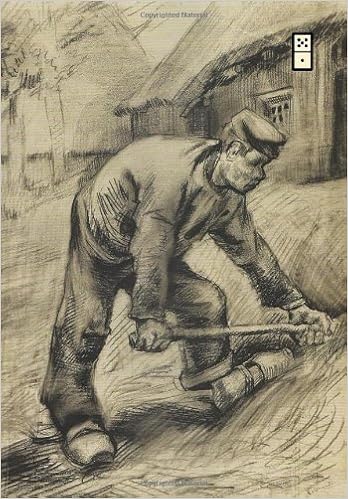 |
Do The Work by Steven Pressfield This is a wonderful short book on overcoming resistance and procrastination for any kind of meaningful project. Pressfield offers very practical advice from his own experience as an author and screenwriter. Best of all, you can finish it one sitting. |
Mid-life Transition
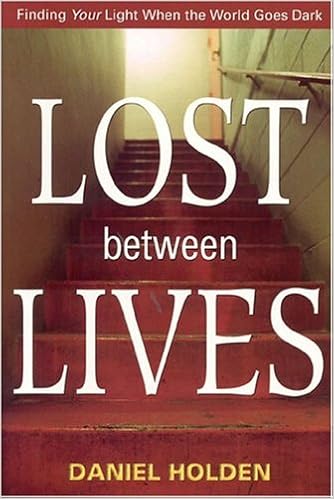 |
Lost Between Lives by Dan Holden Holden, an executive coach, walks us through a devastating loss in his life and outlines the tools and spiritual practices that helped him to emerge as a far stronger and more self-aware and fulfilled individual. The book is not about weakness, drama and tragedy. It is a road map to finding opportunities for building strength beyond what you might have imagined for yourself. |
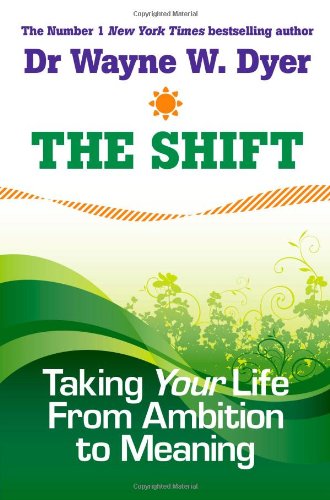 |
The Shift by Dr. Wayne Dyer The Shift is a companion book to the movie of the same name and shows how to move from Ambition to Meaning in life. It is a must read for anyone that is seeking to find more meaning and purpose in their life through their work. One can finish reading it in one long sitting. |